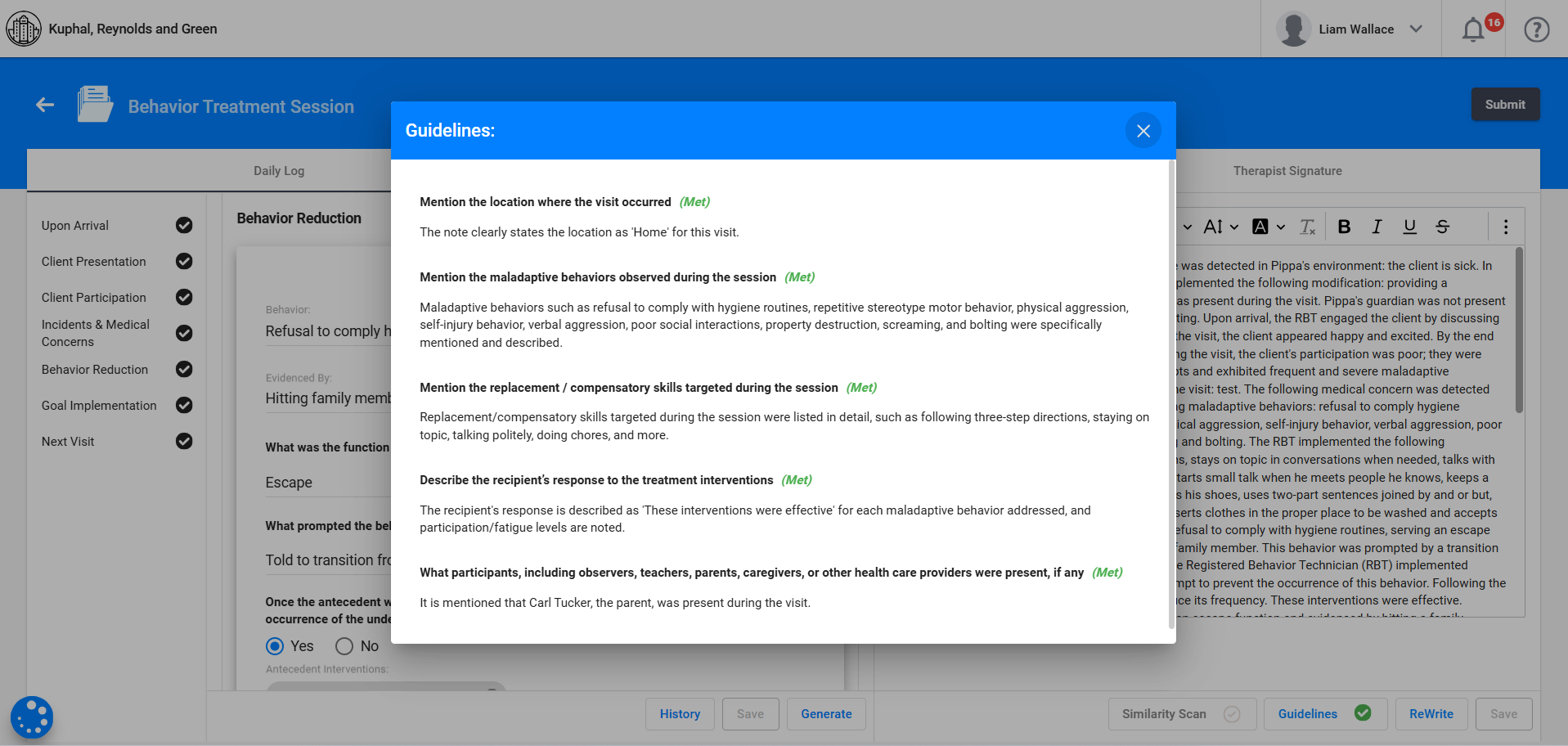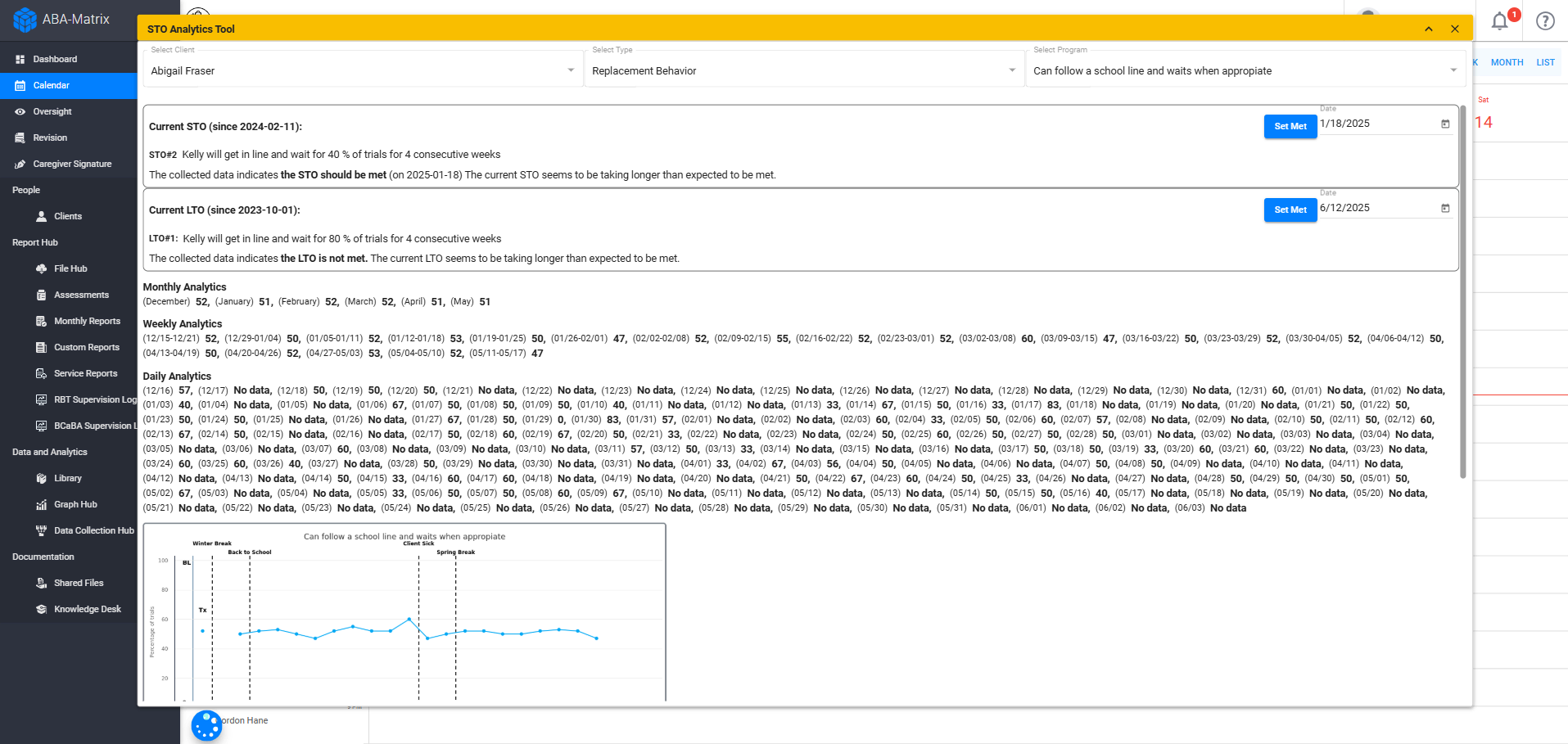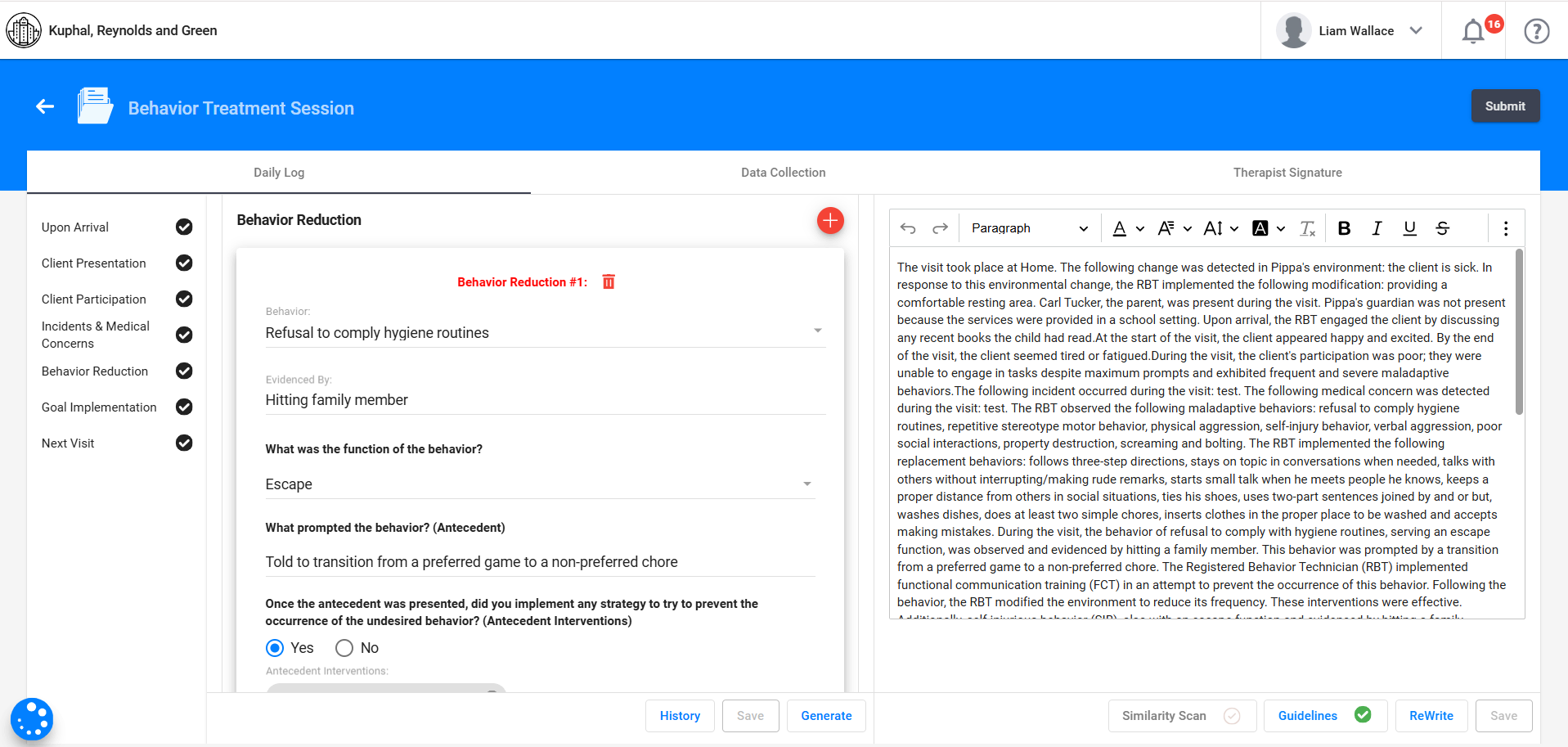If you’ve been in the ABA field for more than five minutes, you know the drill: endless documentation, mountains of data collection, and session notes that somehow take longer to write than the actual sessions. AI in behavior analysis isn’t just the latest tech buzzword. According to Cox and Jennings (2023), “Behavioral health providers and their employing organizations that learn to practically adopt AI will likely gain significant advantages in terms of improved patient outcomes and more cost-effective business operations.”
Here’s the reality: ABA professionals are exhausted. In a study conducted with a sample size of over 800 ABA practitioners, including behavior technicians (RBTs) and Board Certified Behavior Analysts (BCBAs), 72% reported medium to high levels of burnout. Artificial Intelligence in ABA offers a promising solution, but only when implemented correctly and compliantly. The goal isn’t just working faster; it’s working smarter while maintaining the clinical excellence our field demands.
The Risk of Using Generative AI Tools Like ChatGPT in Clinical Contexts
Let’s address the elephant in the room. Yes, ChatGPT is impressive. And no, you absolutely should not be using it with protected health information (PHI). When you input client information into generative AI tools like ChatGPT, Gemini, or Copilot, you’re handing over sensitive data to systems that weren’t designed for healthcare.
The Behavior Analysis Certification Board (BACB) has been crystal clear on this: “BACB certificants must be aware of these risks to ensure compliance with regulatory requirements (e.g., HIPAA), ethics requirements (e.g., Ethics Code for Behavior Analysts), and state and federal laws. Risks include privacy threats, given that the information entered into generative AI applications may be used as learning material for the software and be exported to other users.”
The specific threats include privacy breaches where your client’s information could become training data, legal liability from false AI-generated content, information leakage to unauthorized parties, and compliance violations of HIPAA, state laws, and ethics codes. The bottom line? While these tools can still be valuable for non-PHI tasks like brainstorming treatment ideas, creating marketing content, or generating training materials, general-purpose AI tools and clinical documentation don’t mix.
AI-Powered ABA Software: The Real Benefits for ABA Professionals
So, if ChatGPT is off the table, what exactly is safe AI in behavioral analysis? Think less “chatbot” and more “intelligent assistant built specifically for healthcare.” True AI-powered ABA software is compliant with privacy regulations and uses natural language processing and automation designed specifically for clinical environments.
The benefits for ABA professionals are substantial. We’re talking about turning hours of note-writing into minutes of guided prompts, dramatically reducing documentation time. AI catches inconsistencies and ensures compliance standards are met, improving accuracy across the board. Streamlined workflows with intelligent routing and task management eliminate bottlenecks, ultimately leading to burnout prevention, more time for actual client care, and less time spent on administrative tasks.
This isn’t about replacing clinical judgment. It’s about amplifying clinical efficiency. AI in Applied Behavior Analysis should feel like having a highly skilled administrative assistant who never gets tired and always remembers to check compliance requirements.
How AI in Applied Behavior Analysis Gets Done Right: The ABA Matrix Approach
Here’s where things get interesting. ABA Matrix represents what Artificial Intelligence in ABA looks like when it’s done properly: purpose-built, compliant, and actually useful for practitioners.
AI-Enhanced Session Note Review

ABA Matrix uses AI to revolutionize documentation review. Agencies configure their specific guidelines (think CASP standards, payer requirements, internal protocols), and the AI analyzes session notes against these criteria. It’s like having a supervisor who can instantly review every note for compliance, except this supervisor never needs coffee breaks and works 24/7.
“The system qualifies each guideline as met or not met, providing clear feedback to therapists, supervisors, and reviewers. But here’s the crucial part: it’s designed as a support tool, not a replacement for human oversight,” said Ernesto Prieto, co-founder of ABA Matrix.
STO Progress Tracking Using AI

Remember spending hours manually reviewing data to determine if Short-Term Objectives (STOs) were met? ABA Matrix’s AI does that analysis automatically. When an STO is created, the system determines relevant “met conditions” and proposes tentative achievement dates based on collected data.
This isn’t just about convenience. It’s about giving case analysts their time back. Instead of repeatedly reviewing STOs that haven’t been met yet, they can focus on cases that actually need attention while getting intelligent suggestions about progress milestones.
Narrative Generation with AI Support

This is where things get really exciting. Instead of writing session notes or reports from scratch, you simply answer guided prompts, and the system generates an accurate narrative tailored to your inputs. This approach maintains your clinical voice and intent while reducing time spent on documentation. The AI is designed to support your decision-making, not replace it, helping you stay focused on client care while ensuring your notes meet quality, compliance, and payer requirements.
AI-Powered ABA Software That Supports Your Practice
Discover how ABA Matrix empowers clinicians, analysts, and admin teams to do their best work.
Artificial Intelligence in ABA Security: Protecting What Matters Most
Robust security measures that actually protect client information are what set compliant AI in Applied Behavior Analysis apart.
- Data Protection That Works
ABA Matrix encrypts all data both at rest and in transmission. Every AI service used within the platform is HIPAA compliant, not “HIPAA-friendly” or “HIPAA-ready,” but actually compliant. Access is strictly role-based, ensuring only authorized personnel can interact with sensitive information.
- Human Oversight Remains Central
Most importantly, AI tools within ABA Matrix are assistive, not autonomous. All AI-generated suggestions require human review and approval before implementation. This human-in-the-loop approach ensures that clinical judgment remains central while benefiting from AI-driven efficiency.
“These safeguards ensure practitioners can leverage AI in behavior analysis while maintaining full compliance with privacy laws, BACB ethics guidelines, and clinical best practices,” Prieto states.
Final Thoughts
The future of AI in behavior analysis isn’t about replacing clinicians, but about empowering them. When implemented correctly, AI can transform ABA practice from a documentation-heavy slog into a more efficient, satisfying profession where practitioners spend their time on what they trained for: helping clients achieve meaningful outcomes.
The key is choosing the right tools. General-purpose AI platforms might seem convenient, but they come with significant risks that simply aren’t worth taking. Purpose-built, HIPAA-compliant platforms like ABA Matrix offer the benefits of Artificial Intelligence in ABA without compromising on compliance or clinical quality.
